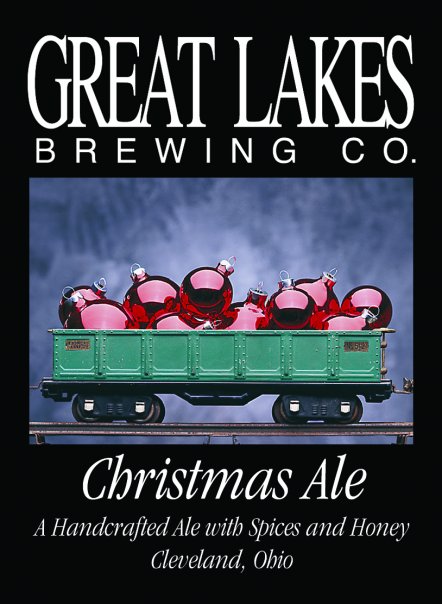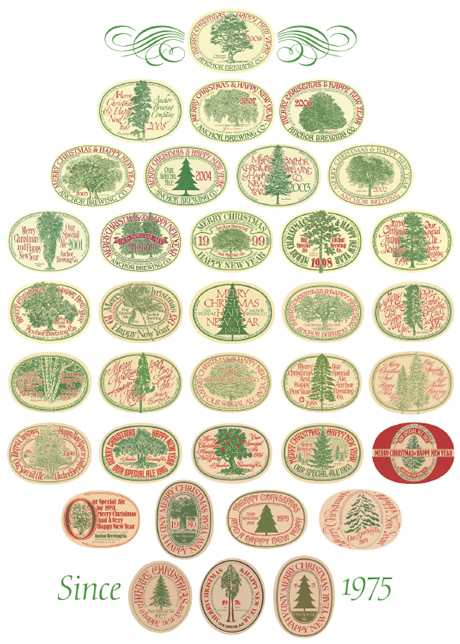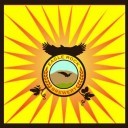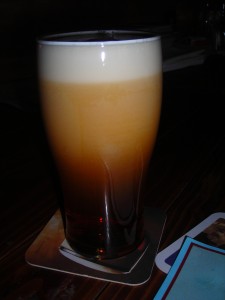
If you are a faithful reader of this beer blog, then you will have noticed the photo of me and Santa and the beer casks. That photo was chosen to draw your eye to my Holiday Beer Tasting that will be held this December the 5th at 3pm at my humble apartment that may or may not be decorated at that point.
I will be pouring seasonal beers that you may have never seen before such as Bells, Breckenridge, 3 Floyds, Southern Tier and also the grandpappy that started this all. Anchor Steam’s Our Special Ale. Feel free to bring your favorite Christmas beer to share as well!
And since charities are hurting along with the rest of us there will be beer swag for everyone who brings a check or cash for Food on Foot, a local program dedicated to helping people who need a hand up.







